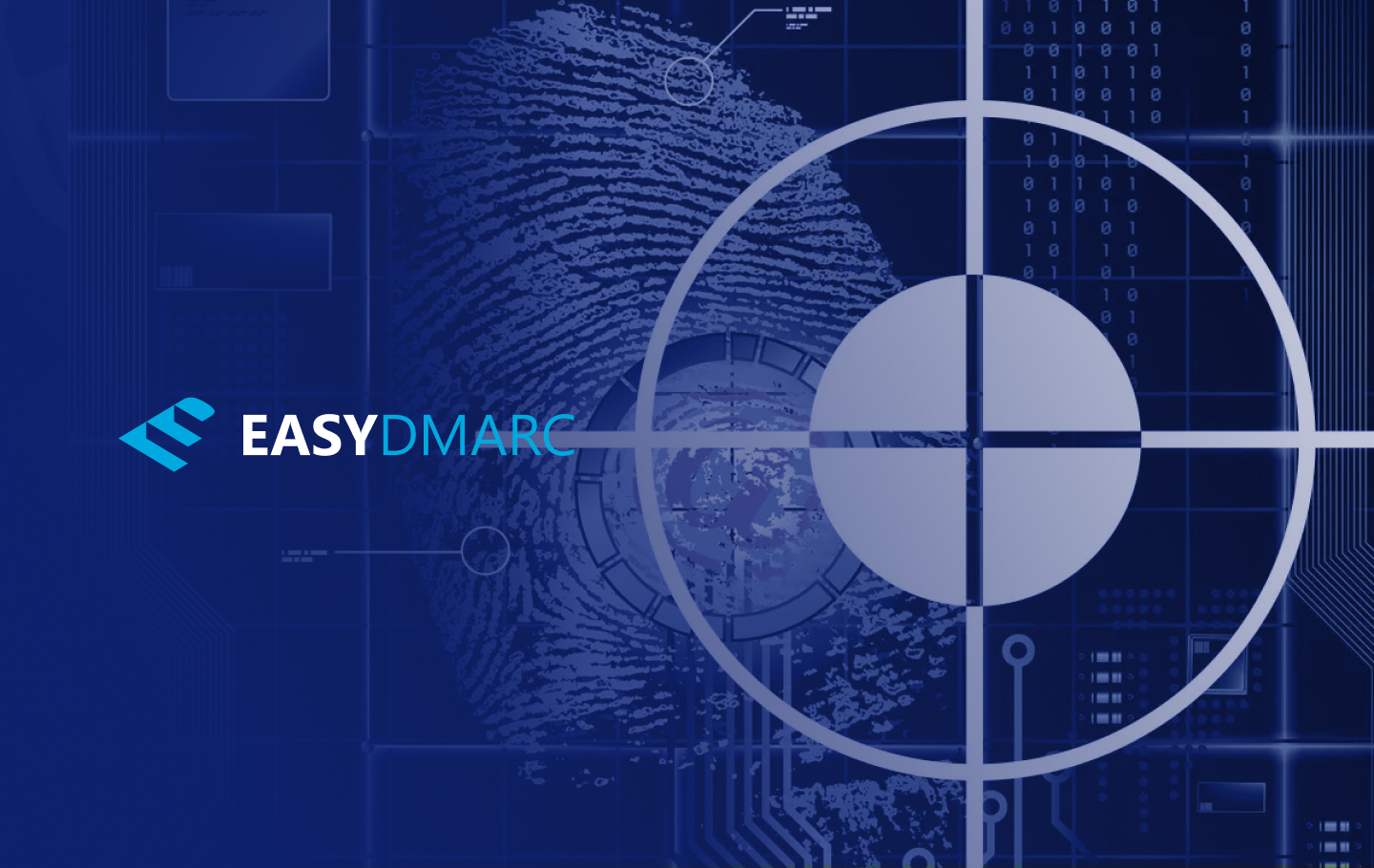Phishing attacks continue to emerge across the globe bringing new challenges to businesses and individuals. Studies indicate that 92% of phishing malware is delivered by email. It proves that cybercriminals prefer spreading fraud through emails. We’ve talked about various phishing types on our blog, but in this article, we’re discussing lateral phishing.
It’s a specific type of email phishing with unique tactics hackers use to bring success to their trickery. Read on to discover everything related to lateral phishing attacks and the main principles of its detection and prevention.
What is Lateral Phishing?
Lateral phishing is a kind of cyberattack where the phishing email comes from a corporate email address. Commonly, a lateral phishing attack starts with an account takeover. The attacker then learns about the company’s inside and outside communications, and can send more malicious emails—effectively spreading the impact of the attack.
The attack goals can include credential theft, money transfers, malware spread, and other dire outcomes. This is an ever-expanding type of cyber attack. As such, detecting and characterizing lateral phishing at scale is crucial for businesses of all sizes.
How Do Lateral Phishing Attacks Work?
The main success guarantee of lateral phishing is the trust the attacker obtains. A lateral phishing attack is sent from a legitimate but compromised email account which makes the victim believe the information or request is reliable and legitimate..
After gaining access to a company’s email account, attackers can send emails to tens or hundreds of other company email addresses.
Even worse, they can access external communications. Now, imagine what would happen if the compromised account belonged to an executive with access to partners and financial information.
The next step, depending on the hacker’s strategy, would be to impersonate the account owner and send phishing messages. These could be intricately-designed or as broad-catch as needed.
The rest works similarly to other phishing email techniques., Typically, lateral phishing attackers use tactics like these to convince recipients to take some sort of action (like clicking on a link, divulging sensitive information, or making payments):
- An alarming message invoking fear and urgency..
- An email
- about available updates or shared documents.
Why is Lateral Phishing Efficient?
Lateral phishing has a high success rate as business email compromise (BEC). The very thing that makes this attack efficient is the receiver’s trust.
Unlike other types of phishing, a lateral phishing attack comes from a trusted internal email which makes it less suspicious. As the recipients recognize the account, they’re more likely to be easily victimized. And so do the rest of the company members. The corporate domain at the end of the address helps to gain more trust too.
Attacking behaviors also provide efficiency to lateral phishing. Some hackers may push the phishing process forward with replies to recipients’ follow-ups.
As you can never be 100% sure if the information in an email is legitimate, we highly recommend you always double-check it to avoid being tricked—even if it comes from a source you know.
How to Prevent and Detect Lateral Phishing Attacks
Detecting lateral phishing is significantly important for a business. Once hacked, your business won’t only face an outflow of confidential data but will also have its reputation damaged. Efficient methods to prevent and detect lateral phishing attacks are therefore crucial.
Use Email Providers With Strong Built-In Security Measures
A good-quality email provider encrypts and protects your messages.. Detecting and characterizing lateral phishing at scale with an email service requires strong built-in security measures.
Before choosing one, make sure it has security features like two-factor authentication or end-to-end encryption. Research to find out if your chosenservice hasn’t undergone any security breaches before. The email provider must be able to filter your emails excellently and detect malicious URLs and attachments, too.
Enhance your privacy security with a secure and trusted email services provider.
Organize Phishing Awareness Training
Implement frequent phishing awareness training for your team as hackers evolve daily and new techniques appear. Other phishing attacks are easier to notice by checking the sender’s email address.However, lateral phishing is often more intricate and needs a closer look at the message content and request type. At this point, only strict policies can help identify the fraud.
Follow Strict Email Security Policies
Consider using two- or multi-factor authentication for your emails. It’s bestto use hardware-based tokens or biometric properties. Use them to secure your email account and lower the risk of an account takeover attempt, which could lead to a lateral phishing attack.
Detecting lateral phishing automatically is better because users aren’t always able to do it on their own. Advanced detection technologies based on artificial intelligence and machine learning are therefore becoming crucial.
Use Email Security Protocols
Email authentication technologies aren’t new in the industry. But choosing a well-structured strategy is the best way of protecting yourself and your business from a lateral phishing attack.
Implement DMARC email authentication protocols on your domain, getting it fully protected against phishing and spoofing. Although it can take a couple of months(depending on your email volumes, company size, and sources), reaching “p=reject” will save you the trouble of unauthorized communication from your domain. It can help you gain more trust with partners, customers, employees, and vendors.
Partner With a Managed Service Provider (MSP) or a Managed Security Service Provider (MSSP)
Detecting lateral phishing and safeguarding against it can be time consuming and expensive, so small and medium businesses with limited resources might need help. MSPs and MSSPs offer affordable and simple solutions for companies with no IT teams.
Final Thoughts
Manipulating businesses and individuals becomes easier for attackers everyday, making social engineering the leading threat of the era. While other phishing types can impact individuals too, lateral phishing threatens businesses with large and small infrastructures.
To avoid later phishing and its consequences, you need,set processes, awareness, and technical support. EasyDMARC is committed to this goal, constantly cultivating new methods to battle against phishing and spoofing.


